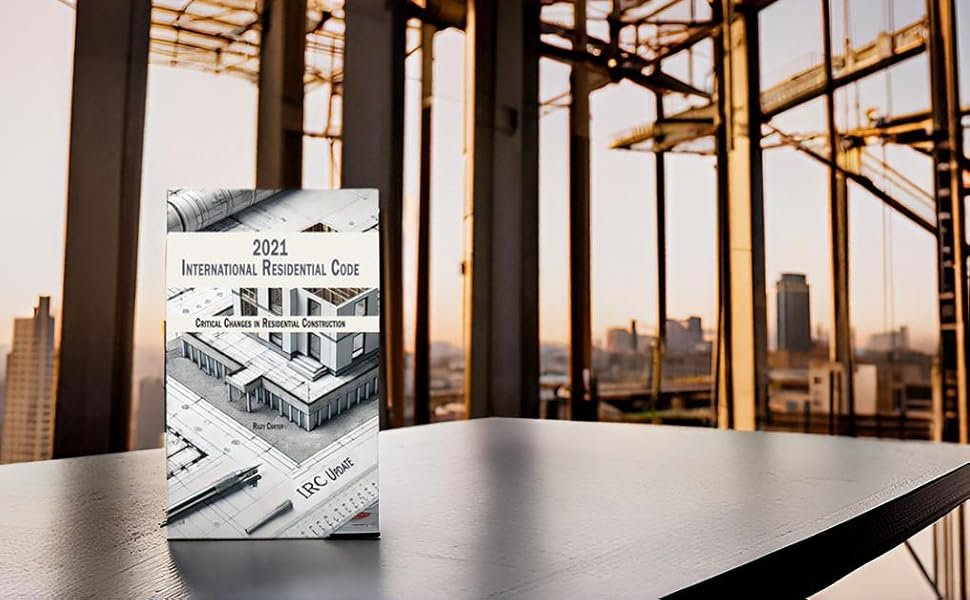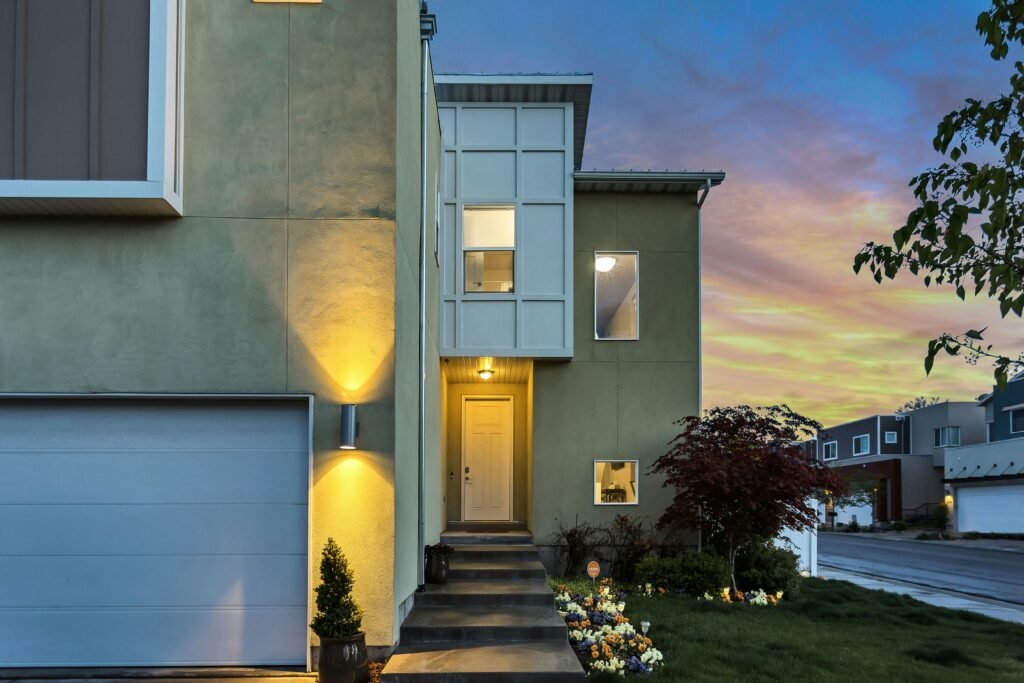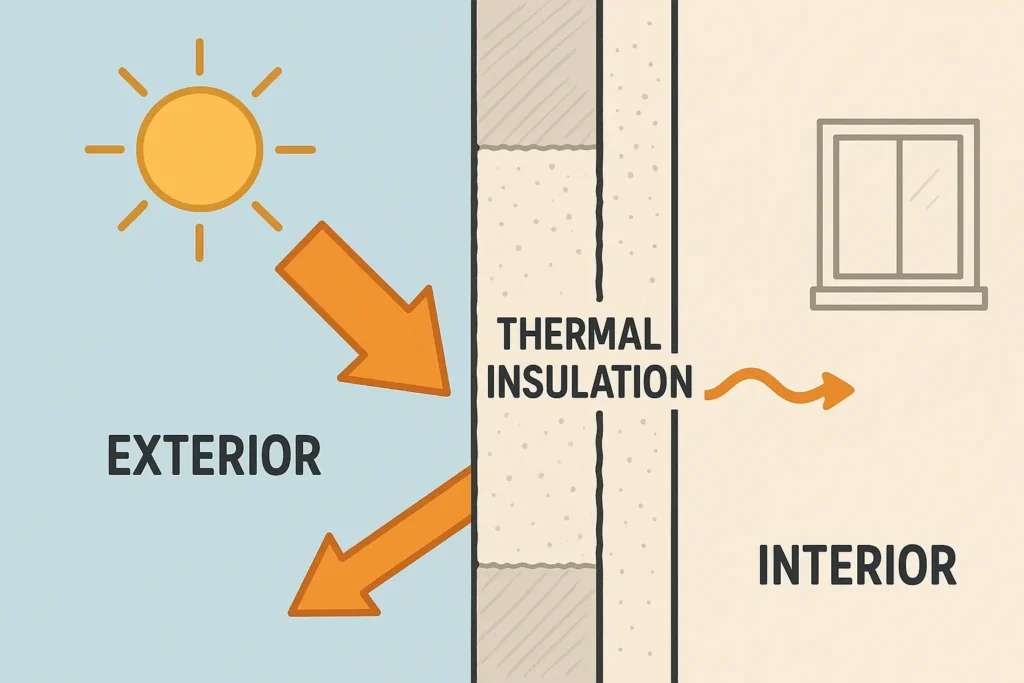A Holistic Blueprint for the Future
Why Sustainable Housing Design Matters Now
Sustainable housing design is no longer just a niche interest — it has become an urgent necessity. With the built environment accounting for nearly 40% of global carbon emissions, homes that are energy-guzzling and poorly planned are exacerbating both the climate crisis and the housing affordability gap. A well-designed, sustainable home minimizes carbon emissions, saves on operating costs, and fosters resilience in the face of climate extremes.
In Building for Tomorrow, I’ve argued that the global housing crisis is not only about the quantity of homes but the quality of what we build. Short-term construction practices have given us buildings that harm the environment and leave occupants vulnerable to rising energy costs and climate events. Sustainable housing design offers a path forward — creating homes that are energy-efficient, affordable to operate, and healthier to inhabit.
Passive House & Climate-Responsive Design
At the heart of sustainable housing lies climate-responsive design. Passive house standards embody this principle, using science-backed strategies to drastically reduce energy demand — often by up to 90%. Through airtight envelopes, superinsulation, thermal bridge-free construction, and heat recovery ventilation, passive houses deliver unparalleled comfort and efficiency.
In Berlin, for example, during the 2025 heatwaves, passive homes maintained stable indoor temperatures without the strain on air conditioning systems that plagued conventional buildings. This is a testament to how thoughtful design protects occupants and infrastructure alike.
Energy Efficiency & Net-Zero Goals
Sustainable homes reduce operational energy use through high-performance insulation, triple-glazed windows, and renewable energy systems like solar panels. When combined with passive house principles, homes can achieve net-zero or even net-positive energy performance.
Low-Carbon & Locally Sourced Materials
Material choice is critical. Opting for renewable, recycled, or low-embodied-carbon materials such as bamboo, reclaimed wood, or hempcrete lowers the home’s overall carbon footprint. In addition, using locally sourced materials supports regional economies and reduces transport emissions.
Water Conservation & Healthy Indoor Air
Water-efficient fixtures, rainwater harvesting, and greywater recycling reduce potable water demand — a growing concern amid global water shortages. Inside, low-VOC finishes, natural ventilation strategies, and HRV systems ensure that air quality supports occupant health while maintaining energy efficiency.
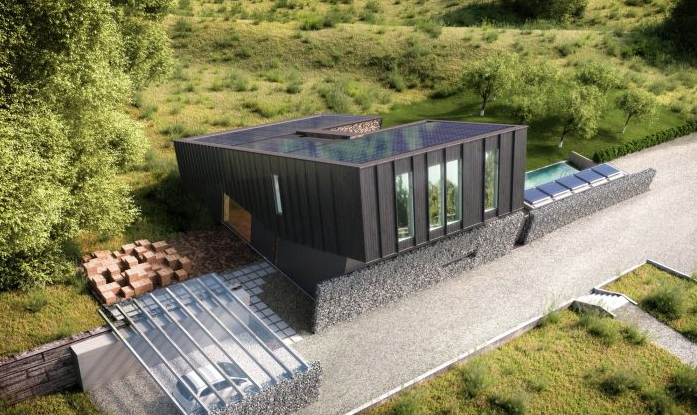
Lifecycle Thinking: Embodied vs Operational Impacts
Sustainability isn’t just about reducing energy bills; it’s also about accounting for a building’s full lifecycle — from material extraction to eventual deconstruction. Too often, buildings with low operational energy still carry high embodied carbon due to intensive materials and processes. Balancing these factors is the hallmark of true sustainability.
Beyond the Basics — Innovations & Emerging Trends
Prefabrication & Modular Construction
Prefabricated homes combine precision, efficiency, and reduced construction waste, making them a powerful solution for sustainable housing at scale. Projects in Bangalore, India, have demonstrated how modular construction can deliver affordable, eco-friendly housing rapidly.
Green Roofs, Walls, and Biophilia
Vegetated roofs and living walls not only insulate homes but also improve stormwater management, biodiversity, and occupant well-being by reconnecting people to nature.
Smart Home Systems for Efficiency
Smart thermostats, lighting, and water monitoring systems reduce consumption by responding to real-time data, enhancing both convenience and sustainability.
Economics & Affordability in Sustainable Design
One of the persistent myths is that sustainable homes are prohibitively expensive. While upfront costs can be higher, operational savings quickly outweigh them — particularly when energy prices rise. Financial tools like green mortgages, tax incentives, and bulk material procurement make sustainable design more accessible.
From an economist’s perspective, resilient homes mitigate future costs associated with energy volatility, climate damage, and occupant health — a compelling value proposition.
Global Case Studies & Real-World Examples
Royal Orange County, Pune, India: 5-star GRIHA-rated apartments with solar rooftops, rainwater harvesting, and organic waste composters.
Berlin Passive Homes: Provided a safe haven during Europe’s record heatwaves, maintaining comfort without overloading the grid.
Chicago Net-Zero Pilot: Mixed-income housing combining passive house principles with solar and green infrastructure to serve vulnerable populations.
These examples demonstrate scalability and adaptability, proving that sustainable housing can succeed in diverse climates and socioeconomic contexts.
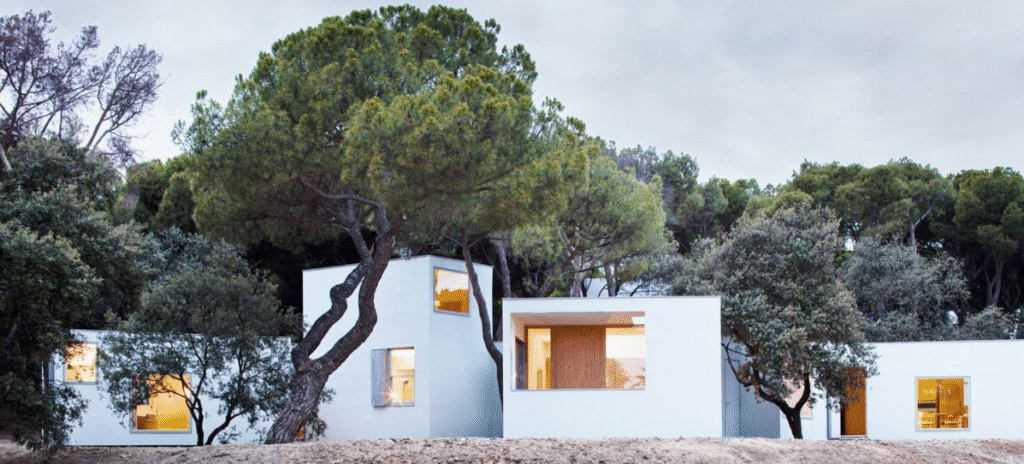
How to Start: Practical Steps for Architects & Homeowners
Assess Site & Orientation: Maximize natural light, minimize heat gain, and work with local climate.
Energy Modeling Tools: Use software like PHPP or WUFI Passive to simulate performance.
Select Sustainable Materials: Opt for local, low-impact, durable materials.
Incorporate Passive & Active Systems: Combine passive design with renewables and smart controls.
Tap into Incentives: Explore grants, rebates, and certifications to offset costs.
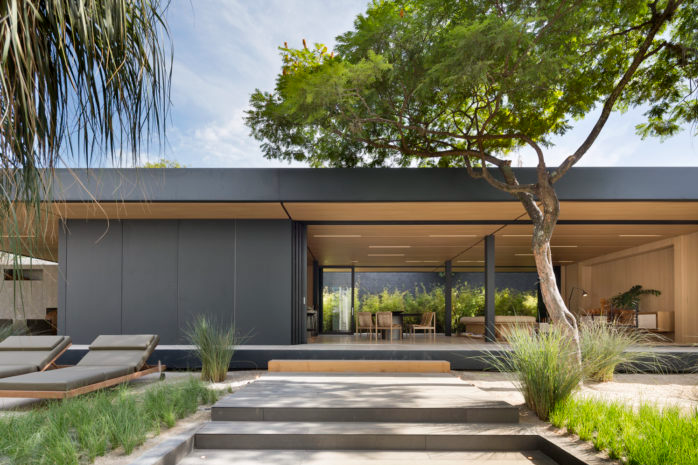
The Future of Sustainable Housing Design
Policy and market trends point toward more stringent energy codes, increased demand for resilient homes, and heightened scrutiny of embodied carbon. The construction industry is shifting from being a major polluter to a catalyst for sustainability. As we build the next generation of homes, the question is no longer if we can afford to design sustainably — it’s whether we can afford not to.
In the words of Building for Tomorrow, “The future we imagine begins with the decisions we make today. By embracing sustainable housing design, we not only protect our planet but also create homes that nurture health, comfort, and resilience for generations to come.”


